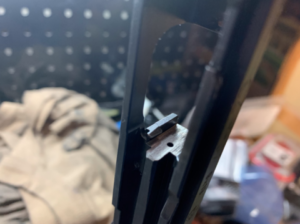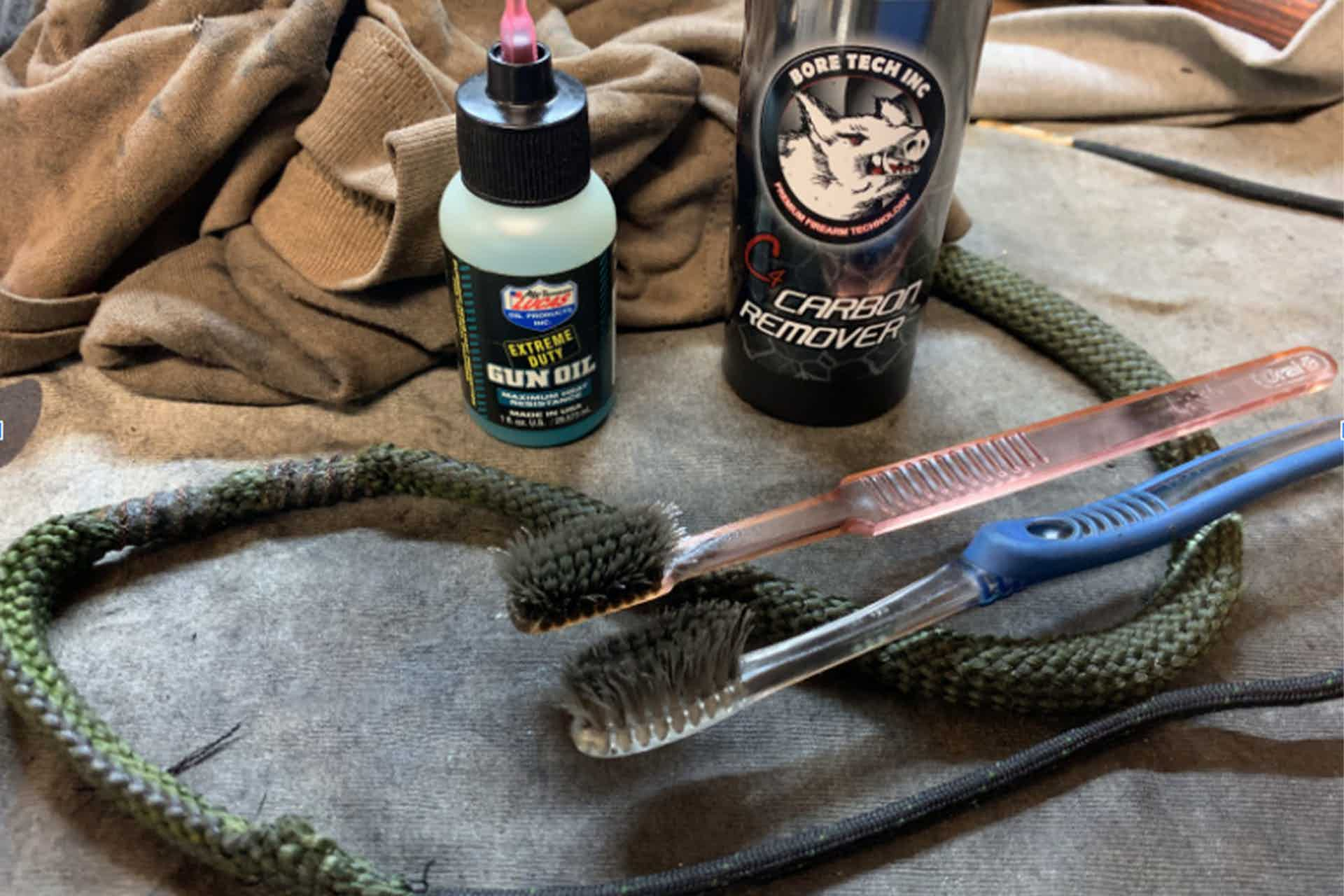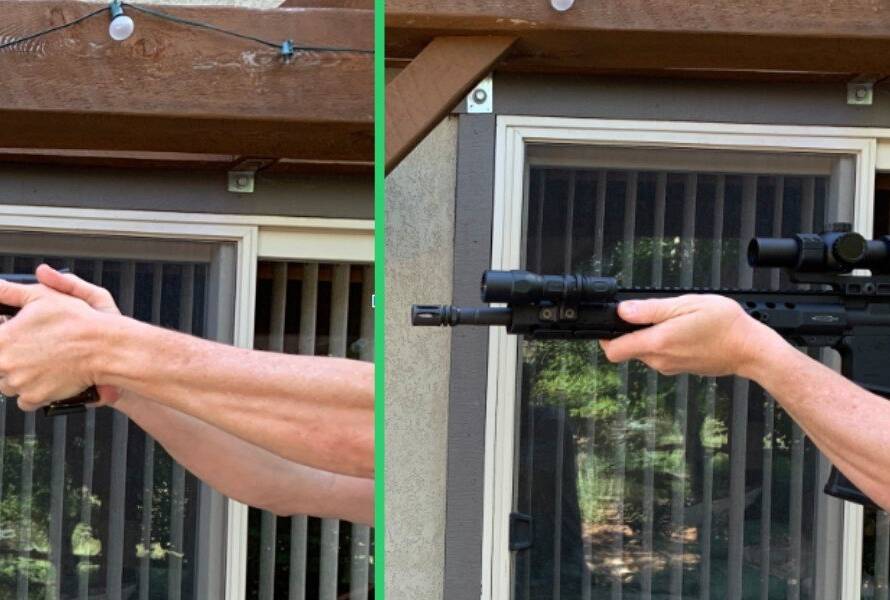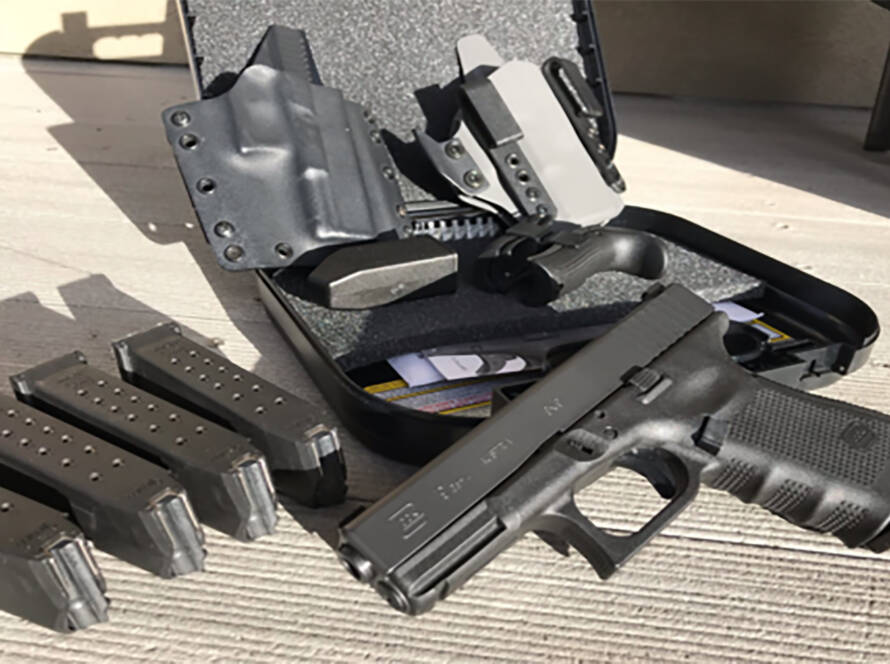If you are somewhat new to shooting or seem to have more malfunctions than you should, you might be able to use some tips on how to clean your weapons. However, there is an area on most self-defense type handguns that even experienced shooter seem to neglect. I’ll start with the easy stuff before revealing my big secret discovery.
Everyone knows the obvious things to clean, (whether they are really necessary, or not) such as the barrel and feed ramp. For the barrel, I use a bore snake because it is easy, fast, and effective. Something that may make cleaning the barrel and rest of the weapon easier is to use a carbon remover on heavy deposits of carbon. This works much better for the particular task than CLP or lube. Once the weapon is clean, you need to lubricate the moving parts with a lube that is thick enough that it actually stays where it is placed. Be sure to generously lube the slide rails, the locking block/barrel lug interface, and everywhere else where two parts rub against each other. I previously believed that “Lube attracts dust. So don’t use too much.” While that is not untrue, I now believe that a better philosophy is that, “More lube is better than less lube.” A dirty, lubed gun will run, while a dirty, dry gun will usually not run.

Are you ready for my earth-shattering discovery? The one area to keep clean, which seems to be neglected by many, is the area at the back of the barrel and on the breech face. In my experience, those are the areas where small obstructions can inhibit the movement of cartridges up the surface of the breech face and under the extractor, and of the breech movement across the breech face area. As the slide moves forward the final little way, it wouldn’t take much accumulation of carbon to interfere with any of those critical machinations. Therefore, use carbon cutter and a gentle scraping when necessary to get those areas absolutely clean. Then, lubricate those areas prior to re-assembly. Be careful not to get lubrication into the firing pin channel, which could inhibit movement of the firing pin. Also, don’t get so much lube on the breech face that it could seep into the primer area of a live round.
There you have it. My big secret is out. If you want to keep your weapon running while those around you are choking, don’t forget the breech / breech-face area!





